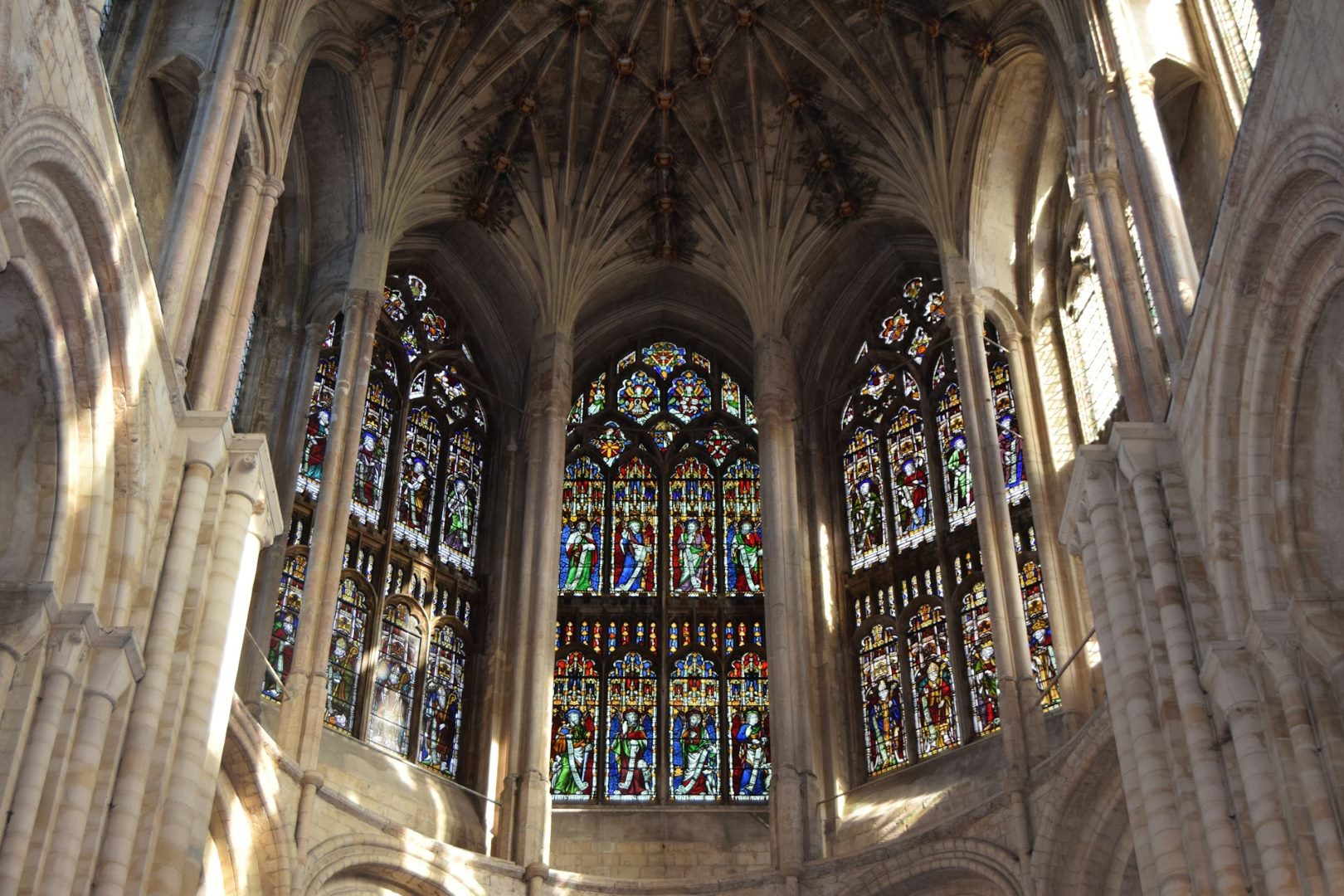Introduction
Laodicea, one of the most prominent ancient cities in Asia Minor, flourished as a hub of commerce and culture during the Hellenistic, Roman, and Byzantine periods. Its strategic location and thriving economy made it a significant center in the ancient world and a testament to the region’s rich cultural heritage. Today, the ruins of Laodicea serve as a captivating destination for explorers and history enthusiasts.
Historical Background
Origins and Foundation
Laodicea was founded in the 3rd century BCE by Antiochus II Theos, the Seleucid king of Syria, and named after his wife, Laodice. It was initially established as a military outpost to control the Lycus River valley, a vital trade route between the Aegean Sea and the interior of Asia Minor.
Prosperity under Roman Rule
In the 1st century BCE, Laodicea became part of the Roman Empire. Under Roman rule, the city flourished, emerging as a major commercial center. Its textile industry, particularly wool production, gained renowned throughout the empire. Laodicea also became a significant center for banking and finance, attracting merchants and traders from across the Roman world.
Architecture and Urban Planning
Public Buildings and Infrastructure
Laodicea boasted an array of impressive public buildings and infrastructure. The most prominent of these was the Stadium, which could accommodate up to 20,000 spectators and hosted sporting events and festivals. Other notable structures included the Theater, the Odeon, and the Nymphaeum, a monumental fountain that supplied water to the city.
Thermal Baths and Aqueducts
Laodicea was renowned for its extensive thermal baths, which utilized natural hot springs. The Baths of Hierapolis, located just north of the city, were particularly opulent, featuring luxurious bathing facilities, pools, and gardens. Laodicea’s water supply was ensured by a series of aqueducts that brought water from distant sources, some located over 20 kilometers away.
Commerce and Industry
Textile Production
Laodicea’s textile industry was the cornerstone of its economy. The city produced a wide range of textiles, including high-quality wool, which was exported throughout the Roman Empire. The city’s textile guilds played a vital role in organizing production and ensuring the quality of their products.
Banking and Finance
Laodicea was also a major financial center. Its bankers and merchants facilitated trade and commerce across the region. The city’s wealth and economic power attracted a significant Jewish population, who played a prominent role in finance and banking.
Culture and Religion
Hellenistic Influences
Laodicea’s cultural heritage reflected its Hellenistic origins. The city adopted Greek language, religion, and customs. Its architecture, art, and literature were heavily influenced by Greek styles and traditions.
Christianity in Laodicea
Laodicea became a center of Christianity early on. It is mentioned in the Bible as one of the “Seven Churches of Asia” in the Book of Revelation. The city’s Christian community played an important role in spreading the faith throughout the region.
Decline and Abandonment
Earthquakes and Natural Disasters
Laodicea suffered from several devastating earthquakes and natural disasters over the centuries. The most significant of these occurred in 60 CE, destroying much of the city. While Laodicea was rebuilt after each disaster, its prosperity gradually declined.
Economic Decline and Loss of Importance
The decline of the textile industry and the rise of other trade routes led to the city’s economic decline. By the 5th century CE, Laodicea had lost its former importance and was largely abandoned.
Archaeological Significance
The ruins of Laodicea today provide a glimpse into the grandeur of this ancient city. Archaeological excavations have uncovered extensive remains of its public buildings, temples, theaters, and residential areas. The city’s well-preserved ruins have made it a significant archaeological site, attracting visitors and scholars from around the world.
Tourism and Exploration
Laodicea is an exceptional destination for history and archaeology enthusiasts. Visitors can explore the ruins of the city’s temples, theaters, thermal baths, and other buildings. The site also offers panoramic views of the surrounding countryside.
Tips for Visiting
* Allow sufficient time to explore the site.
* Wear comfortable shoes as the terrain can be uneven.
* Bring sun protection and water, especially during summer months.
* Respect the historic significance of the site.
* Be aware of local customs and regulations.



